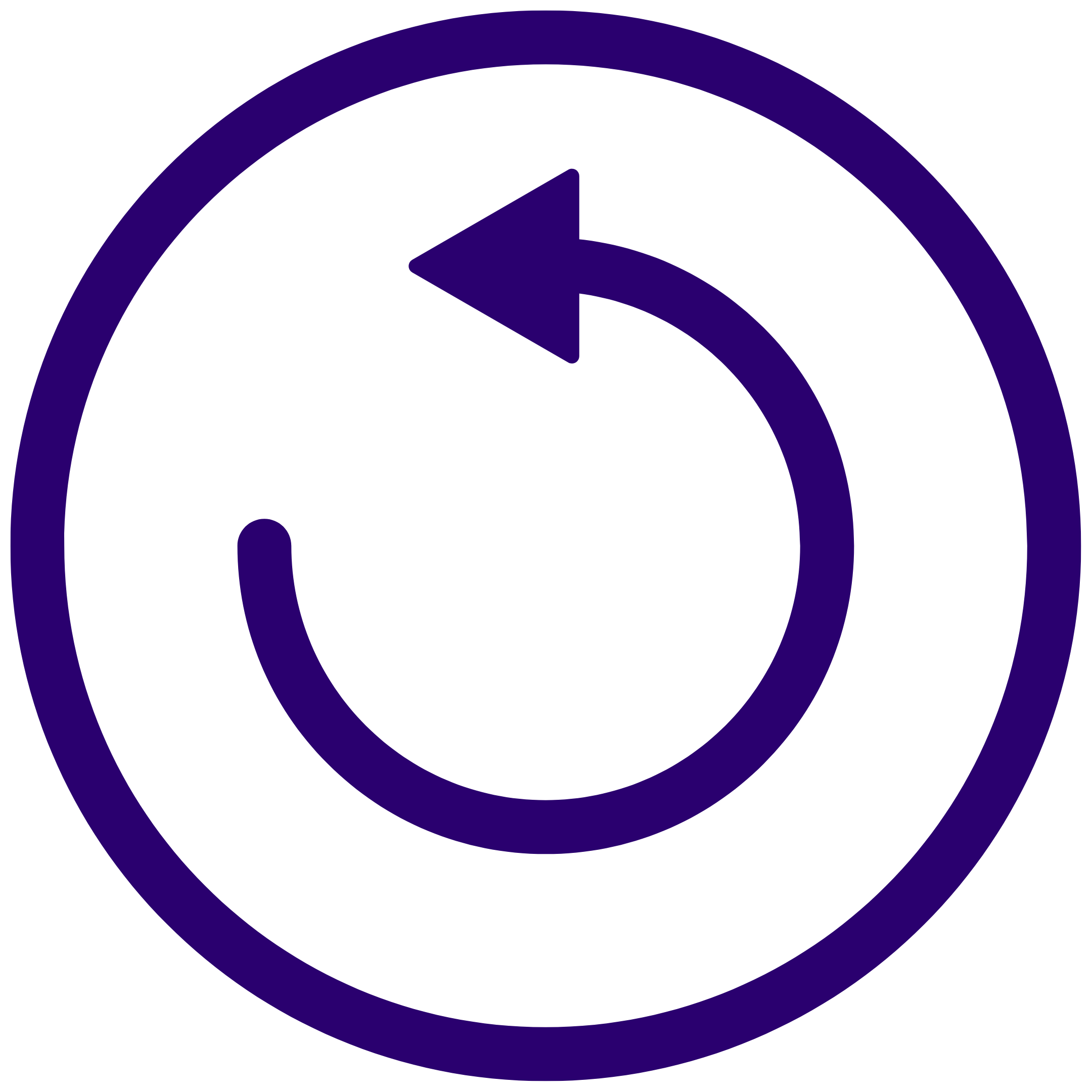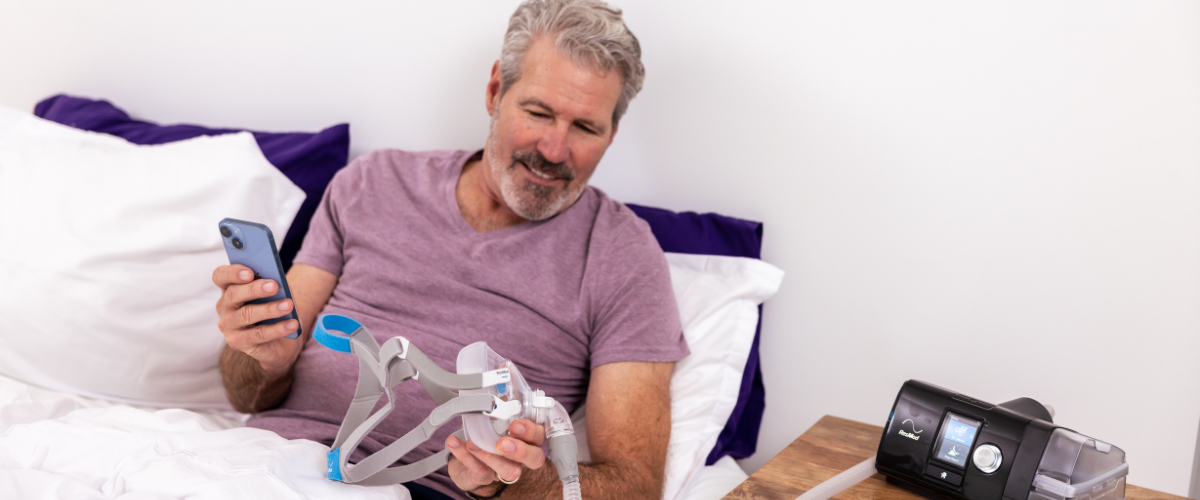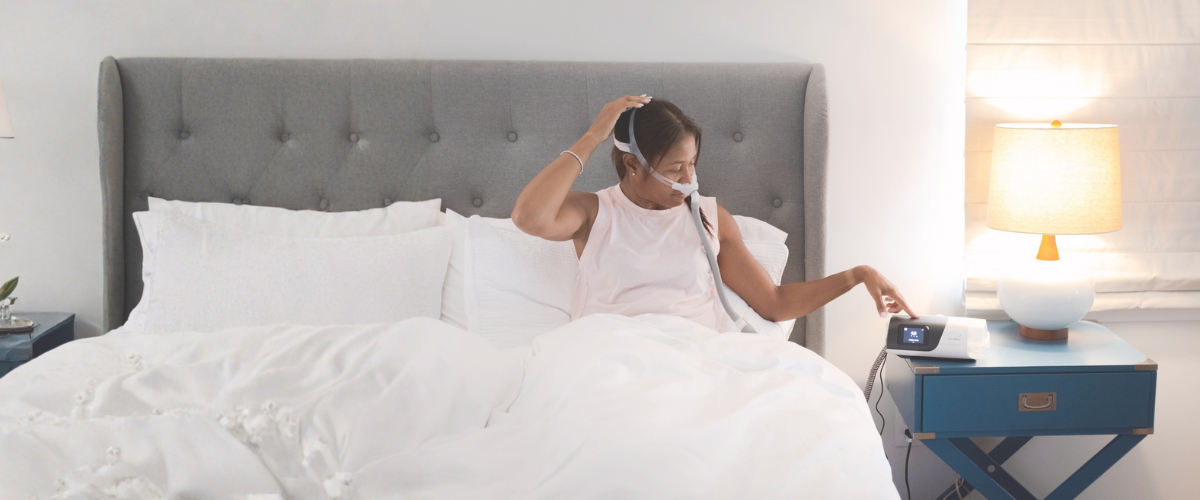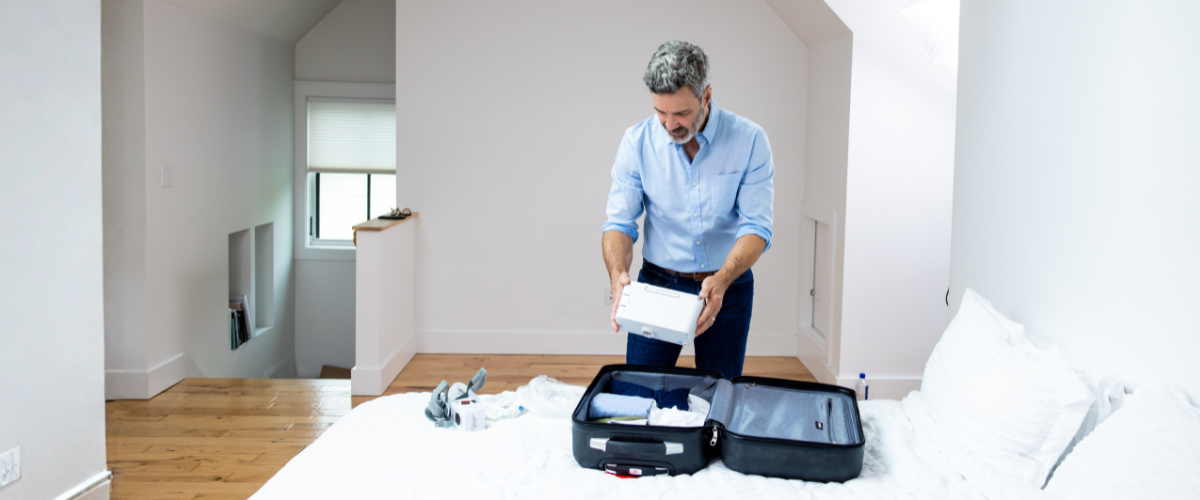Deviated septum self-tests can help you decide whether to see a doctor about noisy breathing and snoring. Up to 80% of people have a deviated septum (DS), but for most, it's barely noticeable and not worth fixing. For some though, a deviated septum can be associated with sleep apnea if it’s severe enough. But how do you know if you have a deviated septum, and what exactly is it?
What is a Deviated Septum?
The first thing to know is that a nasal septum is the wall that separates your nasal cavity. It creates two passages - one for each nostril. This septum is made of cartilage and bone. A deviated nasal septum occurs when the septum pulls away from its middle position. This makes it harder to breathe through one nostril than the other.
A nasal cycle is different from a deviated septum. The nasal cycle is a natural process that alternates air flow between the nostrils to keep them from drying out. The results sound similar, but it is distinct and separate from septal deviation.
The physical appearance of your face and nose won’t tell you if you have it. Sometimes, though, a break that alters your nose shape makes it a likely culprit. Septal deviations can happen by accident in car crashes, sports, or by any other forceful blow to the face. (We haven’t forgotten the first rule of Fight Club.)
An otolaryngologist (or ENT) would use a nasal speculum to widen the nasal passages. Then, using a small, bright light they will examine the tissues for abnormalities. This is the way to diagnose a deviated septum.
What Are Some Ways to Find out if I Have a Deviated Septum?
Visual Test
- Be sure to first clear out any mucus to reduce confusion about what you’re seeing.
- Tilt your head back, and look in the mirror at the columella (the external wall between nostrils.)
- If the columella is pushed or tilted to one side, this may indicate a deviated septum. If you see this, it is worth a trip to your healthcare provider.
It’s important to note that a visual deviated septum self test doesn’t always work. This is especially true if deviation is further up in the nose where it’s harder to see.
At-Home Breathing Test
- As before, start by clearing out mucus. This is important if you are experiencing nasal congestion, post-nasal drip, or stuffiness. Clear out everything you can before you begin.
- Block one nostril and breathe through the other with your mouth closed for two minutes. Be aware of the ease or difficulty in breathing through that side of the nose.
- Next, block the nostril on the other side of your nose. Repeat the two minutes of breathing with your mouth closed. Again, bring your awareness to ease or difficulty during those two minutes.
- Notice any difficulty in breathing or more resistance to airflow on one side of the nose? It may be an indication of a deviated septum. This would also be worth a trip to your doctor.
What Are the Symptoms of a Deviated Septum?
Some symptoms are shared by sleep apnea and deviated septum such as heavy snoring. DS also shares symptoms with common colds, viruses, and allergies. This can lead to misdiagnosis in some cases.
Do you find that over-the-counter decongestants and allergy medications don’t always relieve your difficulty breathing? This is another sign to talk to your doctor about the possibility of a deviated septum.
Common symptoms of a deviated septum include nasal and or facial pain. Breathing loudly or mouth breathing is another clue. Look out for congestion and frequent sinus infections. Many experience drying out of the sinus passage that isn’t blocked, leading to nosebleeds.
Take notice if you have a tendency to sleep on the side opposite the blocked passage. This is a sign that your body is trying to clear the nasal blockage. This position helps drain full nasal passages to the other side for relief. It also helps gravity pull tissues downward to open up the airway.


What Causes a Deviated Septum?
DS can be genetic or caused by an injury. Your doctor will ask for your medical history to help narrow down how it may have happened. Newborns with a deviated septum usually have more severe cases since their nasal passages are so small.
Genetic deviations can grow and change with age. Repeat physical exams or CT scans may be required over time. It can be a change that comes on fast, such as when it’s immediately hard to breathe out of one nostril after an injury. Sometimes it will be something that’s noticed gradually. You’ll likely spend time weeding out other possibilities with similar symptoms first, such as colds and allergies.
A deviated septum can definitely make things worse for apnea patients. It’s like a bummer burrito – two breathing disorders rolled into one terrible night’s sleep.
How Is a Deviated Septum Treated ?
There are treatments that can provide temporary relief. Your doctor may recommend adhesive strips to keep nasal passages open, an antihistamine, or a decongestant.
The most common medical procedures are septoplasty or balloon septoplasty. Both are typically done by an otolaryngologist (ENT specialist). Septoplasty is an outpatient surgical procedure to straighten the nasal septum.
A balloon septoplasty uses a small balloon on either side of the deviated portion of the septum. When it inflates, the balloon pushes the septum back toward the centerline. There is no cutting or removal of bone or tissue.
Unfortunately, treating a deviated septum won’t cure sleep apnea. The good news is that it can enhance your CPAP therapy by opening the nasal passages so the air pressure can reach obstructions deeper back in the airways and throat. Anything you can do to help yourself breathe better can shorten the journey to a better night’s sleep!
References
Santora, Tyler. “Why Don't We Breathe Equally out of Both Nostrils?” LiveScience, Purch, 18 Sept. 2021, https://www.livescience.com/breathing-nose-sides.
“Septoplasty.” Mayo Clinic, Mayo Foundation for Medical Education and Research, 15 Dec. 2021, https://www.mayoclinic.org/tests-procedures/septoplasty/about/pac-20384670
“If Symptoms Aren't Bothersome, Deviated Septum Usually Doesn't Require Treatment - Mayo Clinic News Network.” Mayo Clinic, Mayo Foundation for Medical Education and Research, 14 Mar. 2014, https://newsnetwork.mayoclinic.org/discussion/if-symptoms-arent-bothersome-deviated-septum-usually-doesnt-require-treatment/.
Information provided in blogs should not be used as a substitute for medical care or consultation.











